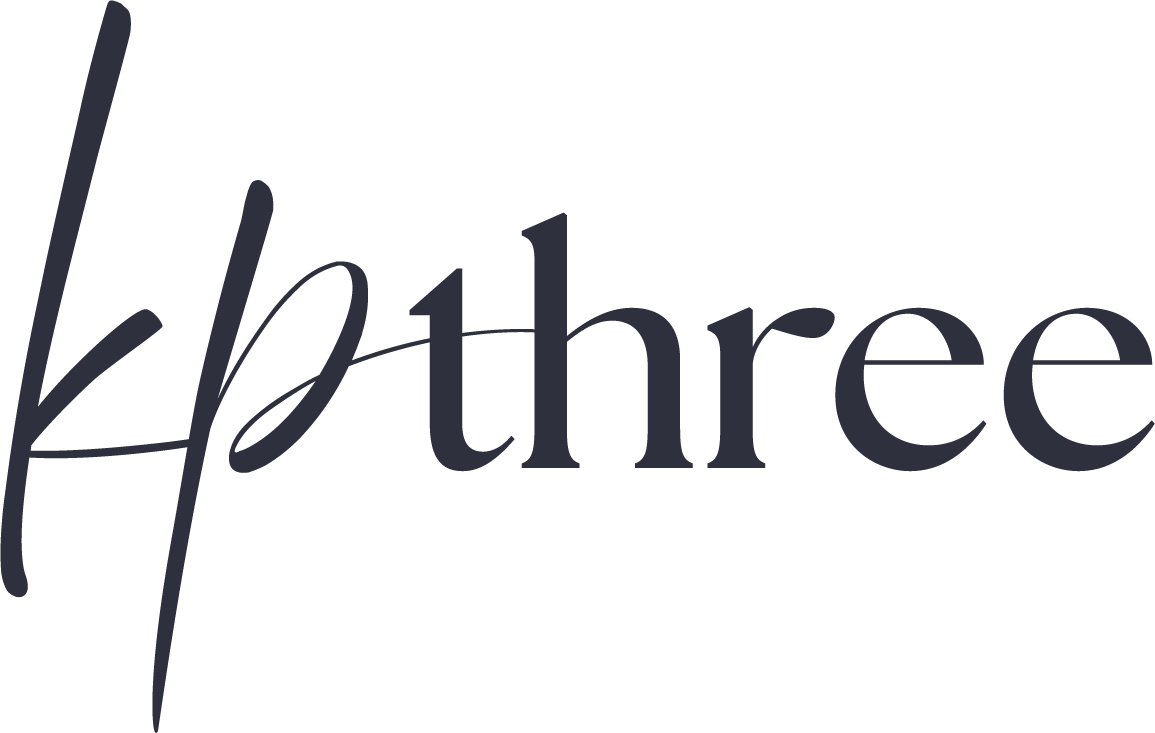How Color Can Impact Branding
There are many steps to constructing a brand. One of the first steps is selecting a color palette that will represent everything the brand stands for.
Color palettes are a result of decades of research into color theory. This is according to Career Foundry, an organization that helps people begin careers in tech. Color theory explains how humans perceive colors, how colors make us feel, and how different colors play together.
Color theory is based on a color wheel created by Isaac Newton in 1666. If you’ve ever taken an art class, you may be familiar with the color wheel. The color wheel has three primary colors, red, yellow and blue, and three secondary colors, orange, green and purple. There are also tertiary colors, which come from mixing a primary color and secondary color, for example, chartreuse, magenta and turquoise. As you go further in or further out on the wheel, colors get lighter or darker. This is how we get pastels or darker jewel tones.
It is important to consider this information when creating a brand and a color palette. Some colors may look cohesive together. Personal taste may also come into play. For example, some may consider only using neutral colors as classy, but others may think it looks drab. Some people may like to use lots of fun, bright colors, but some might get overstimulated. In most cases, its good to have a balance to appeal to the widest possible group of people.
Color palettes are important because different colors can bring about different emotions. Depending on the palette you use, it can also help make your brand more memorable or can help you stick out when someone is choosing between your brand or a competitor.
Types Of Color Palettes
There are many different types of color palettes to consider for your brand. Here are some of the most common:
The first palette is a monochromatic palette. This type of palette uses different shades of the same color. For example, the Animal Planet logo uses three different shades of green.
An analogous palette has three colors that are located next to each other on the color wheel. An example of this type of palette is seen in the Mastercard logo. Mastercard has a red and yellow circle that merge to create a venn diagram shape. The two circles intersect to show an orange color. Can you think of any other logos that have an analogous palette?
One of the most common color palettes is a complementary palette. This palette takes two colors on the opposite side of the color wheel. Think purple and yellow, red and green, orange and blue or pink and lime. This palette is very commonly used among Universities and sports teams.
Next, we have the triadic palette. This palette picks three points on the color wheel. The three points all create a triangle and make for a dynamic logo that pops. Some examples of triadic logos include Burger King, Taco Bell and 7-11.
A brand’s color palette will consist of one primary color. Typically this will be the color of a brand’s logo. For example, Starbucks’ primary color is dark green and Coca Cola’s primary color is bright red. This color will be used regularly throughout the brand’s marketing. Generally you want to have one or two primary brand colors, three at the most.
The secondary brand color can be a neutral or a complimenting color. Many brands will even create a color palette to use as a guideline for any marketing materials. Your brand can have around four or five secondary colors.
What Colors Are Right For Your Brand?
According to ColorPsychology.org color increases brand recognition by 80% and 85% of consumers make a purchase because of color. Each color can evoke a different subconscious feeling, so which one is right for you?
The best way to decide on a brand color is to think about the brand’s purpose and personality. Think about some adjectives that define your brand. Consider who you are trying to target with your brand. Are you trying to target a specific age, gender or culture?
Red
An intense color that brings about strong emotions. It represents love, passion and intensity. It can increase one’s heartrate and encourage buyers to shop impulsive, which is why it can often be seen to mark a clearance section. Red is also a color that can increase appetite, which is why many fast food restaurants have red in their branding. Some red brands include Coca Cola, Target, YouTube and Netflix.
Orange
Similar to its color neighbor red. It can signify aggression and impulsive decision making, but can also represent being cheerful, warm and excited. Some brands that use orange include Home Depot, Nickelodeon, Popeyes and Fanta.
Yellow
A color often associated with happiness and youth. Yellow is a trendy color among younger generations, with the recent coining of “gen z yellow,” which is a bright mustard color. Brands like McDonalds, Mailchimp, National Geographic, Snapchat and Best Buy all use yellow in their logo.
Green
When most people think of the color green, imagery of nature often comes to mind. Green is a calming color that can signify health, wellness, tranquility and the outdoors. Green can be used to attract people who prioritize sustainability. Green can also symbolize money. Choosing green as your brand’s color will put you in the company of Starbucks, Spotify, Animal Planet, Sierra Club, Holiday Inn and Whole Foods, just to name a few.
Blue
Similar to green, is a calming color. Unlike warmer colors, blue can suppress appetite. Blue creates a sense of trust, which is why it is used by many banks like American Express and JP Morgan. It can also be associated with health and is used to signify the World Health Organization, Pfizer and Centers for Disease Control and Prevention. According to ColorPsycology.org, painting your store blue will help retain 15% more of your clientele.
Many people associate blue with the sky or water. Blue was traditionally seen as a masculine color, but is now accepted as more gender neutral. Blue is a commonly used color among social media platforms like Facebook, Twitter, Skype LinkedIn and Tumblr and tech companies like Dell, HP and Intel. Along with the many brands listed, blue is also used by Ford, Disney, Warner Brothers, Oreo, Boeing, Walmart, Lowes and Gillette. There is certainly no shortage of blue brands.
Purple
Like its cool colored counterparts can also evoke calmness. It is also associated with royalty, success, and wisdom. Compared to blue, brands that use purple are less common. Purple brands include Roku, Yahoo Twitch and Cadbury. Consider using purple for a more luxury brand or a brand that wants to evoke creativity. Purple can be used to represent femininity as an alternative to pink or as a more mature option.
Pink
Pink is often considered a feminine color, particularly in the western world. Because of this, some brands can use pink to advertise to women and girls, including Barbie, Victoria Secret and Cosmopolitan. Pink can represent love and tenderness, which may be why it was chosen to represent Tinder. As a pastel, it has a calming effect and represents innocence and sweetness, sometimes literally. Many dessert and candy companies use pink in their branding, think Baskin Robbins and Dunkin Donuts. Because of the term “rose colored glasses” many people associate this color with optimism and youth. Other brands that use pink include Lyft, T Mobile and Pepto Bismol.
White
Most people think of cleanliness and purity when they think of white. White can be used in conjunction with colors, for example, the Google logo. White can also be used with black or gray for a fresh, chic look. These combinations are best used to give the illusion of a sterile environment.
Black
One of the most common colors used with white is black. Black is sophisticated, mysterious and powerful. Black and white branding is commonly used for clothing and cosmetic brands. Among logos of every color of the rainbow, black logos certainly can make a statement. Some black and white brands include Prada, Gucci, Chanel, Sephora, Mac, Nike and Adidas. Some news organizations like The New York Times and The Washington Post also use black and white in their branding.
Gray
Similar to black and white, gray can give a chic look. It represents neutrality and balance. It is a professional color that can represent intelligence, technology and futurism On the negative, some people associate gray with dullness, boredom and sadness. One of the most well known gray brands is Apple. Many car companies like Toyota, Mercedes-Benz and Nissan also use gray or silver logos.
Brown
A mix between green and the warmer colors, brown can represent warmth. As an earth tone, however, it can represent nature. Brown can represent safety and reliability. Some brown colored logos include M&M’s Louis Vuitton, Hershey, UPS and Dreyer’s.
One thing to keep in mind when creating a logo is to consider lighter or darker shades of a color. Lighter, more pastel colors can convey more innocence and youthfulness while darker shades can convey a more mature, serious branding.
How To Build Your Color Palette
Resources like Canva are great for creating color palettes as a small business owner. If you are able to pin down the perfect color for your brand, be sure to grab the hex code. That way you can the exact shade every time and create consistency and cohesiveness.
You can also use the website Color.Adobe.com or coolors.co/ to help create a color palette for your brand. With this tool you can enter a hex code and generate a palette of colors that compliment your brand. You can use the analogous tool for a monochrome palette, the complementary tool for contrasting colors and more.
Want to learn more about how you can improve your brand and market your small business in the best way possible? Schedule a free discovery call with us today!



